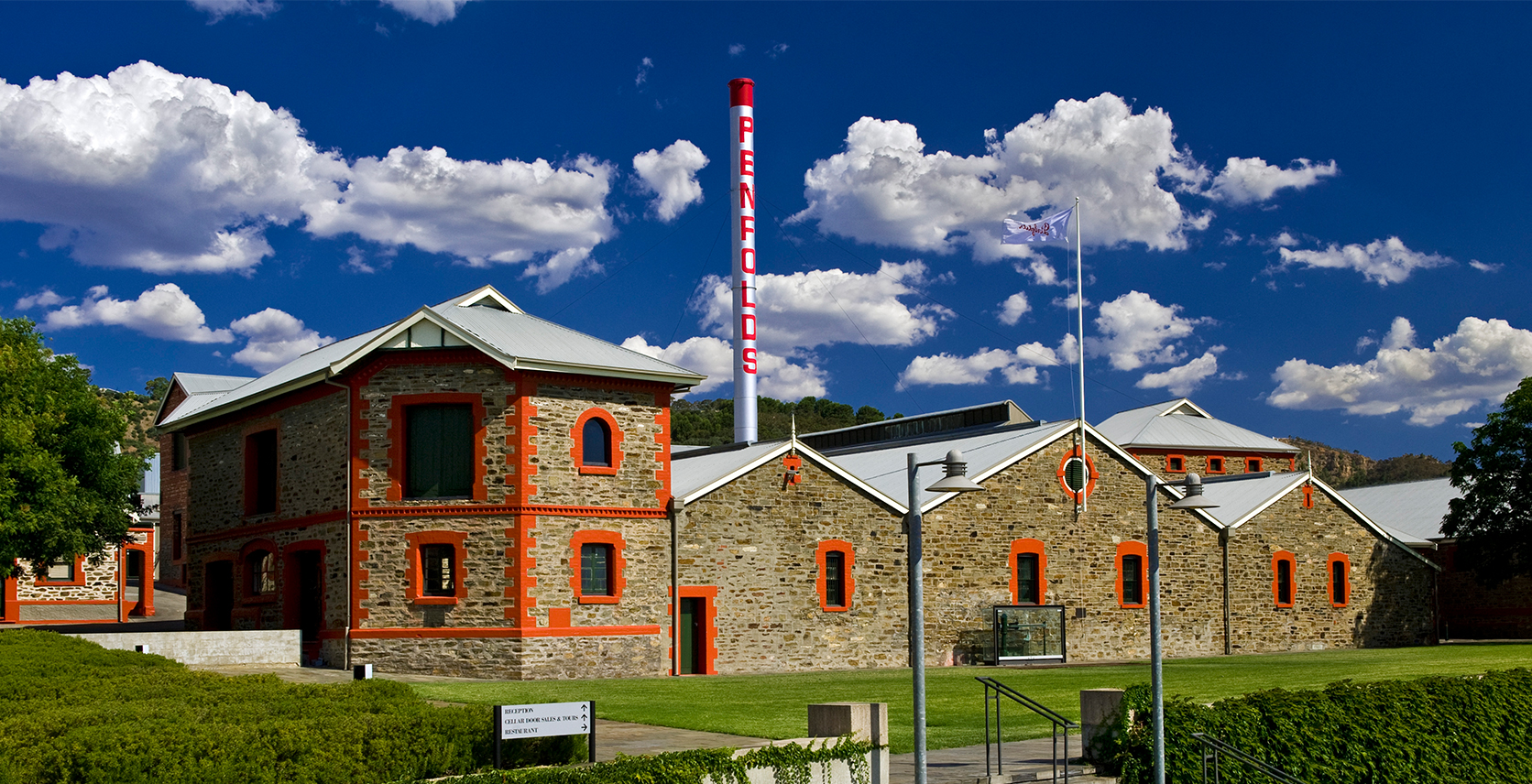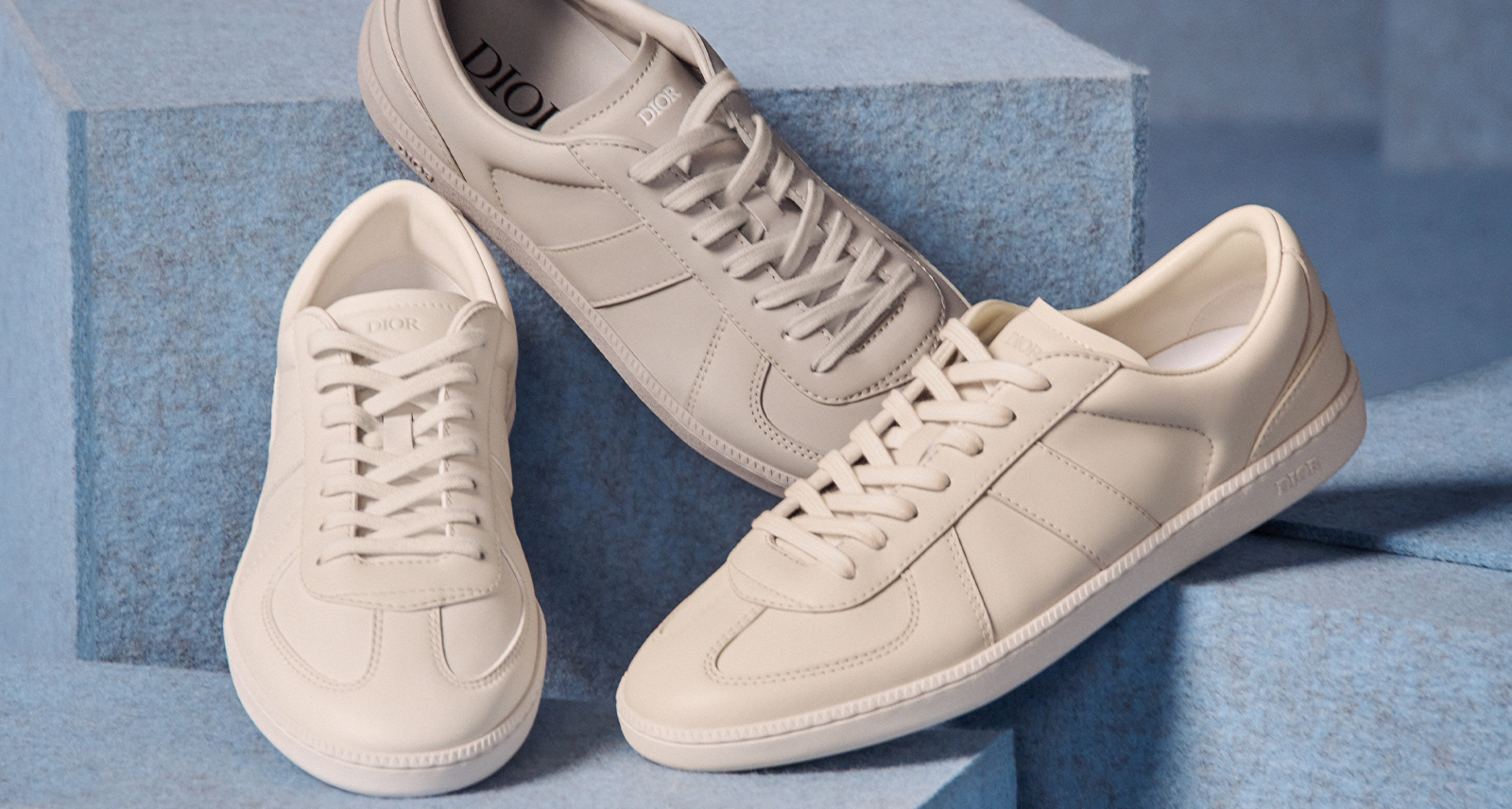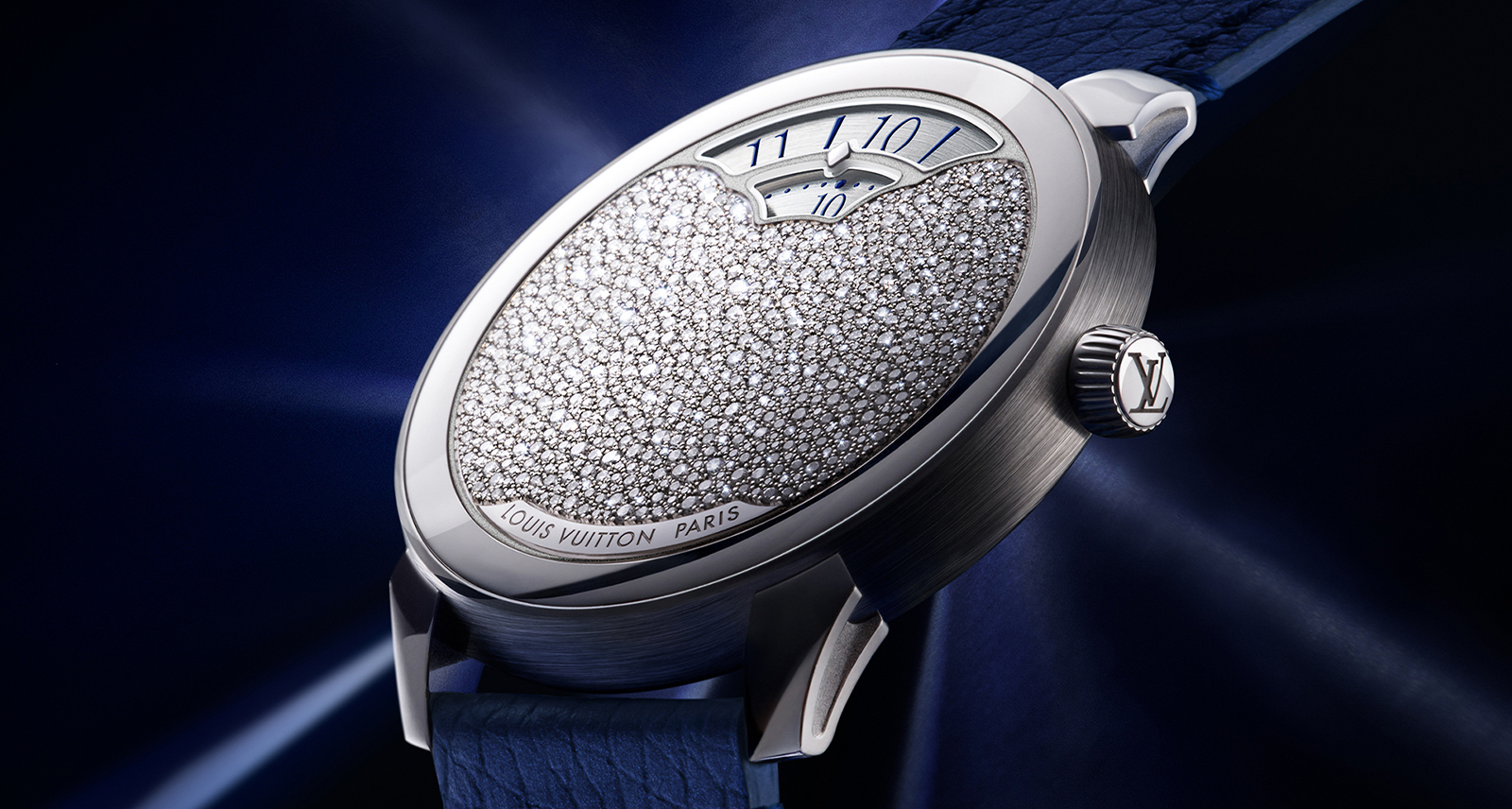Penfolds’ Chief Winemaker Peter Gago Whets Our Palette for Australian Grapes
Penfolds & Sharp
With his gentle Australian lilt and the enthusiasm of a cool high school science teacher, it’s easy to listen to Peter Gago talk about wine. As the chief vintner at Australian winemaker Penfolds, Gago has taken on the role as a global ambassador for Australian wine, travelling the world and singing the praises of grapes from Down Under. On a recent visit to Toronto, Gago sat down with us for a crash course in wine appreciation.
Has the way we enjoy wine changed in recent years?
They say wine is the new golf — it’s the new language of business, and I’ve found that around the world. It’s a lovely conduit to other things. It’s not just scores and all the rest, it’s something that people do as part of their lifestyle.
What do you like so much about wine?
I love tasting it, I love drinking it, I love talking about it. I particularly like making it. It starts with this little thing called a grape and then it becomes a $100, $200, $800 bottle. It’s the ultimate in value added. There’s a bit of alchemy, a bit of magic, a lot of science and a lot of luck.
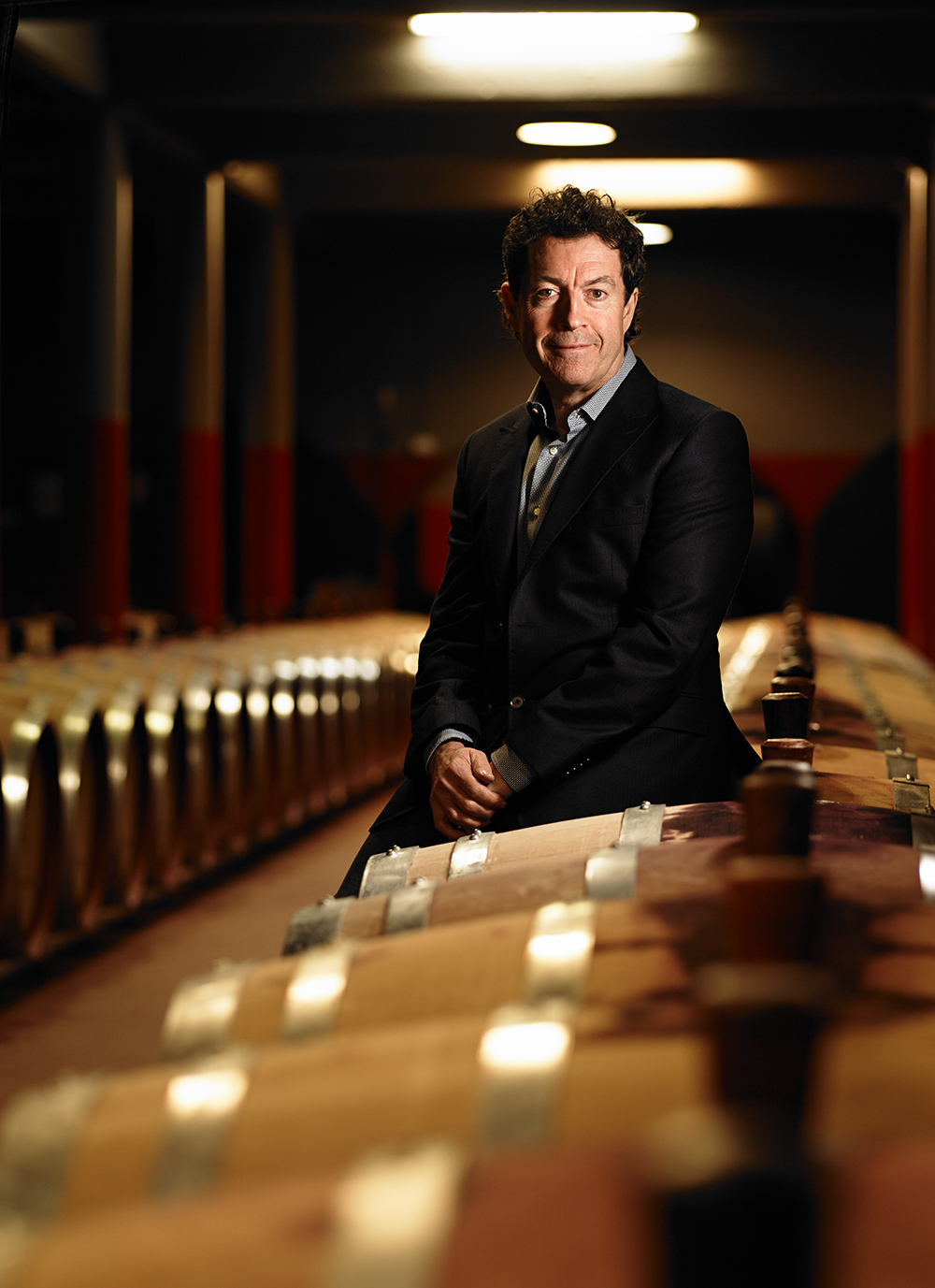
What makes Australian wine special?
I think it’s uniquely special. Like Canada or the United States, Penfolds is considered a New World producer, but we’re 175 years old this year. There’s a huge diversity on offer, as there is a huge diversity of climatic regions and soil types across Australia. It’s not as well known as the communes of Bordeaux or the domaines of Burgundy, but they’ve had a few hundred years’ head start.
What do you think made Penfolds successful over the last 175 years?
The proof’s in the pudding. Part of it is consistency. It’s always stylistically intact — the wines aren’t bouncing off walls depending on what this year’s fad is. And there’s that ability to age. And then there are other things: we were shipping wine back to the mother country in the mid-1800s. Even in Canada, we were selling Penfolds a long time ago.
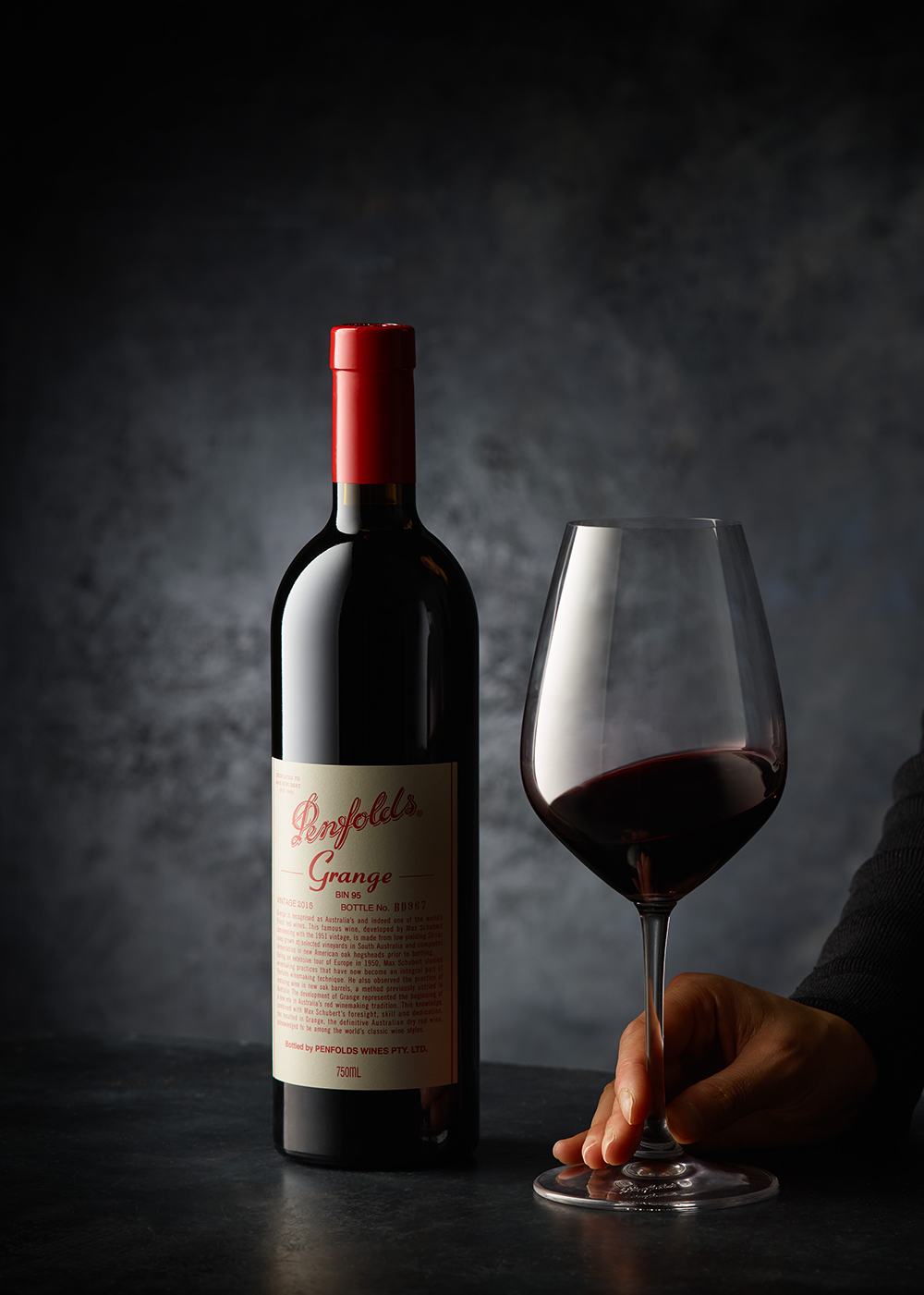
As wine becomes more fashionable, does it also become subject to trends?
It always has been. Almost everything is subject to trends and cycles of fashion. White wine is in, then red wine is in; everyone loves merlot then everyone hates merlot. Rosé is in at the moment but Beaujolais used to be huge. There’s always been that nature of it, and I don’t think that will ever change. I think what’s changed is that now, particularly with incorporating food and wine together, is it’s a lifestyle thing. It’s not this separate thing for the chosen few. People are comfortable with it.
Any suggestions for expanding my wine enjoyment?
The worst thing you can do is when the waiter comes and asks if you’d like another bottle, is to order the same thing. A lot of people are in their comfort zone, they know that wine and that’s all they drink. But it’s like music. Ask me what my favourite is and next week I’d give you a different answer.
A lot of the appeal of natural wine is the organic and biodynamic methods in which they’re made. Do you think that’s just a fad?
I love all of that. It’s sustainability and that’s one of the most noble pursuits. It’s easy to do it when you’re a small producer. On a larger scale it’s more difficult, but it should be a goal. We have a lot of vineyards that are organic, although they’re not organic certified. A lot of our red wines are unfiltered, but we don’t put it on the labels. Anything that helps the soil or reduces the carbon footprint is a good thing because we’re in it for the long term.
